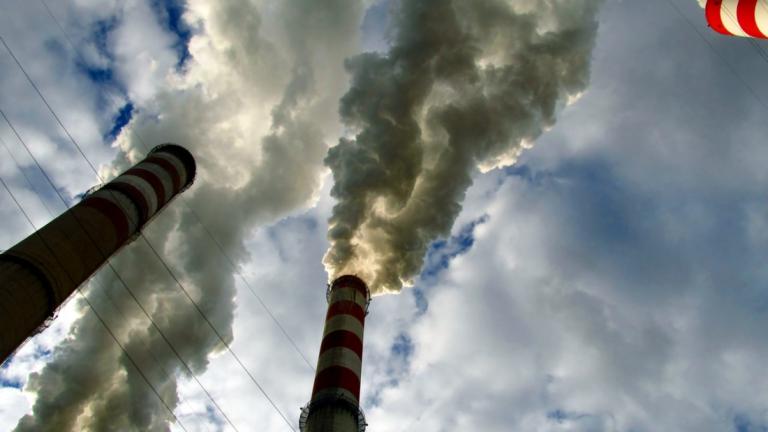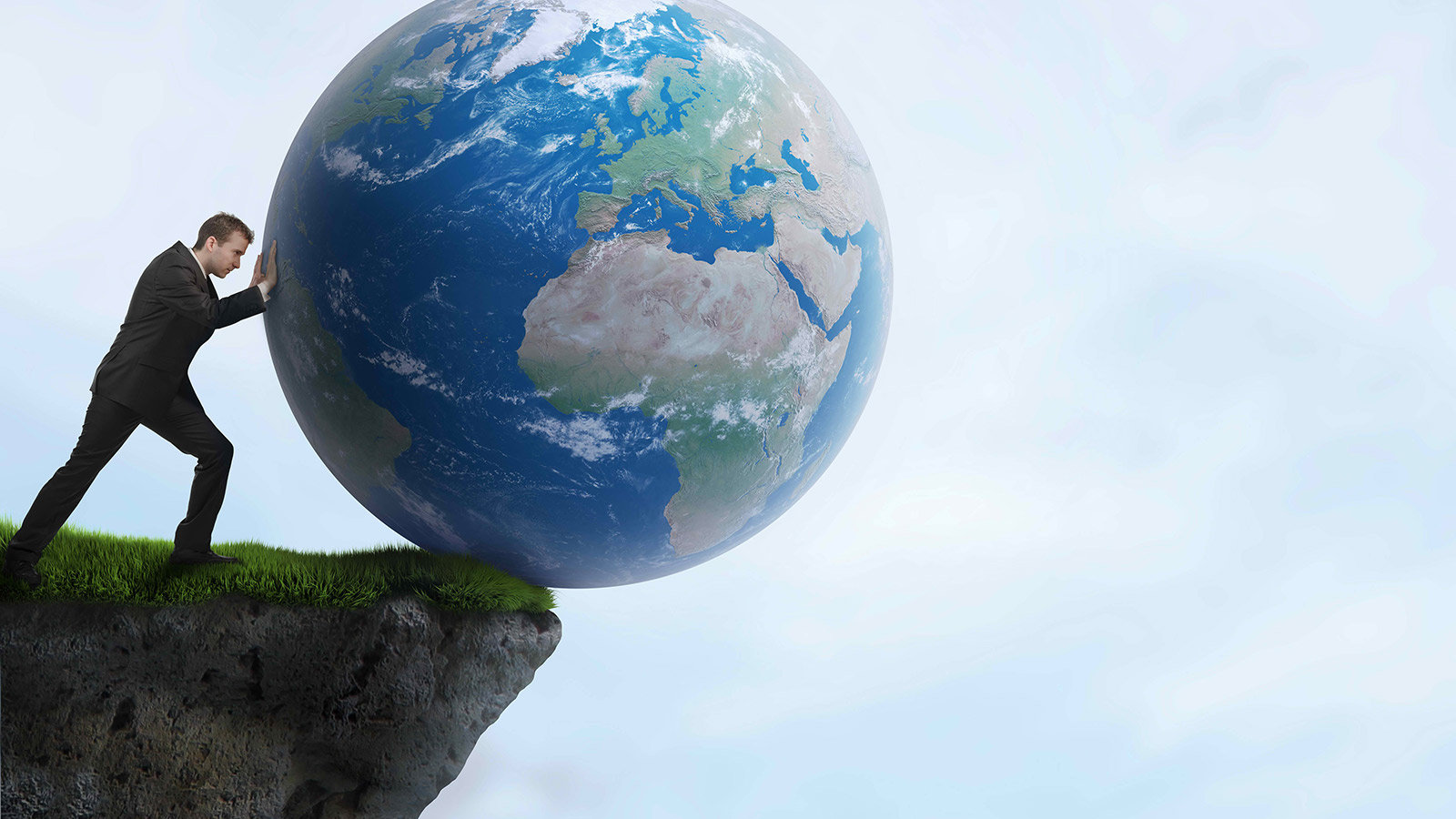In China, people are more likely to understand the risks of climate change if they live in the city instead of the countryside. Almost everyone in Japan knows about climate change. In Egypt, Bangladesh, Nigeria, and India, more than 65 percent of people do. In Burundi, Benin, and Liberia, almost nobody has heard of it.
All of this is according to a study published this week in Nature Climate Change. In the study, a group of researchers took a close look at data collected in 2007 and 2008 by the Gallup World Poll. Research on public perceptions of climate change is a new field, and until this point has been dominated by studies in Australia, the United States, and Europe. One standout finding is that, on this topic at least, there’s strong evidence to back American exceptionalism.
Specifically: In the U.S. — unlike everywhere else — being better educated doesn’t guarantee that you are more likely to believe that climate change is a real thing that is actually happening. Instead, education seems to polarize in the United States: More education is correlated with greater concern about climate change among liberals and Democrats, and less concern from conservatives and Republicans. It seems that being better educated just means you have more ammo for defending the belief that your existing partisan identification bequeaths to you.
So while in most of the world, education is the strongest predictor of a belief that climate change is real, in the U.S., it’s something called “civic engagement” — which Gallup defines as having donated money, volunteered time, or helped a stranger in the last week. People with high levels of civic engagement are almost always aware of climate change, while those with the lowest levels have no clue it’s even happening.
The World Poll is an epic operation that sets out to poll a representative sample of 119 countries, or about 90 percent of the world’s population. In countries where telephones are a widely accepted form of communication, the poll uses telephones. In countries where the opposite is true, the poll does in-person interviews.
Interviewing the entire non-incarcerated world population over the age of 15 would be a Borgesian task, and so the Gallup poll shoots for about 1,000 people per country (2,000 if the country is really big, like China). The World Poll only dates back to 2005, but Gallup has ambitions to make it a 100-year project, which means it would release a final World Poll in 2105. (By then, if the peoples of the world don’t change their behavior, the average temperatures will be 11 degrees F higher, and the tropics will basically be one giant cyclone.)
In Latin America and Europe, people were more likely to think of climate change as dangerous when they also believed that it was caused by human activity, rather than some natural cycle of the Earth’s atmosphere. In Nepal, Thailand, and Vietnam, people were more likely to be anxious about climate change if they had noticed changing weather patterns in their own communities. In China, people who were concerned about climate change were also concerned with pollution of the country’s air and rivers, and saw little difference between the two. While people in less industrialized countries were less likely to know about the existence of climate change, those who did know about it were very worried about what it means for themselves and their families — much more so than residents of the countries that are primarily responsible for causing climate change.
In general, the study concludes that if you want to educate people about climate change, working to support educational programs around the world, period, is a good idea. But even with access to education, attitudes about climate change, like attitudes about marriage equality, have shifted over the past few decades. In 2004, 26 percent of Americans told Gallup that they worried a great deal about climate change, and by 2007, that percentage had risen to 41 percent. Three years later, though, it had dropped, to 28 percent. By 2014, it was back up to 34 percent, but not doing well — in terms of relative anxiety, climate change ranked well below the economy.
Extreme weather conditions and changing baseline temperatures around the world, though, mean that we have continual opportunities for the weather itself to serve as a PR service for climate change — but primarily to the people most immediately affected by that weather. Hurricane Sandy motivated a lot of New Yorkers to take climate change seriously, but that’s only because years of climate change activism gave them the ability to put the storm in context, instead of writing it off as a freak meteorological event.
The resulting feedback loop will play out something like the struggle for marriage equality played out in the United States. In the ’70s and ’80s, a lot of activism was about making the actual lived experience of gay people visible to a larger population — a strategy that San Francisco Supervisor Harvey Milk described as, “Come out, come out, wherever you are.” Once the movement reached the point where very few people needed to have gayness explained to them, what was left was the thorny issue that so many other social movements continue to struggle with: People are convinced that a problem is real, but what can they be convinced to do about it?
A poll — even a poll of the world — isn’t going to solve that. But it does give us the chance to see the way that changes of opinion play out on a very large scale.



